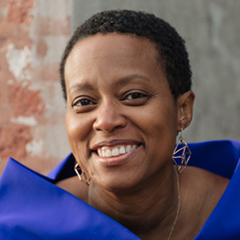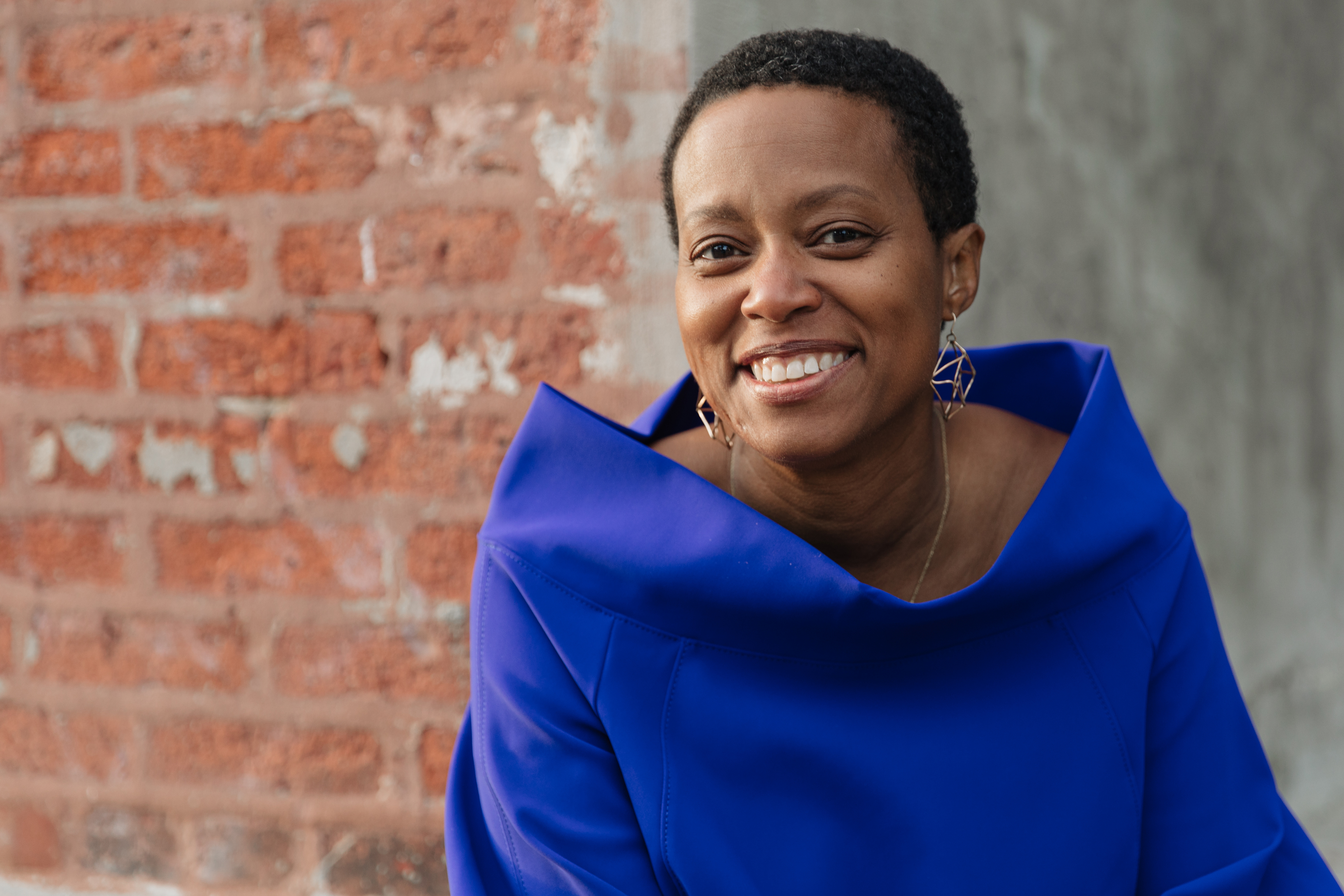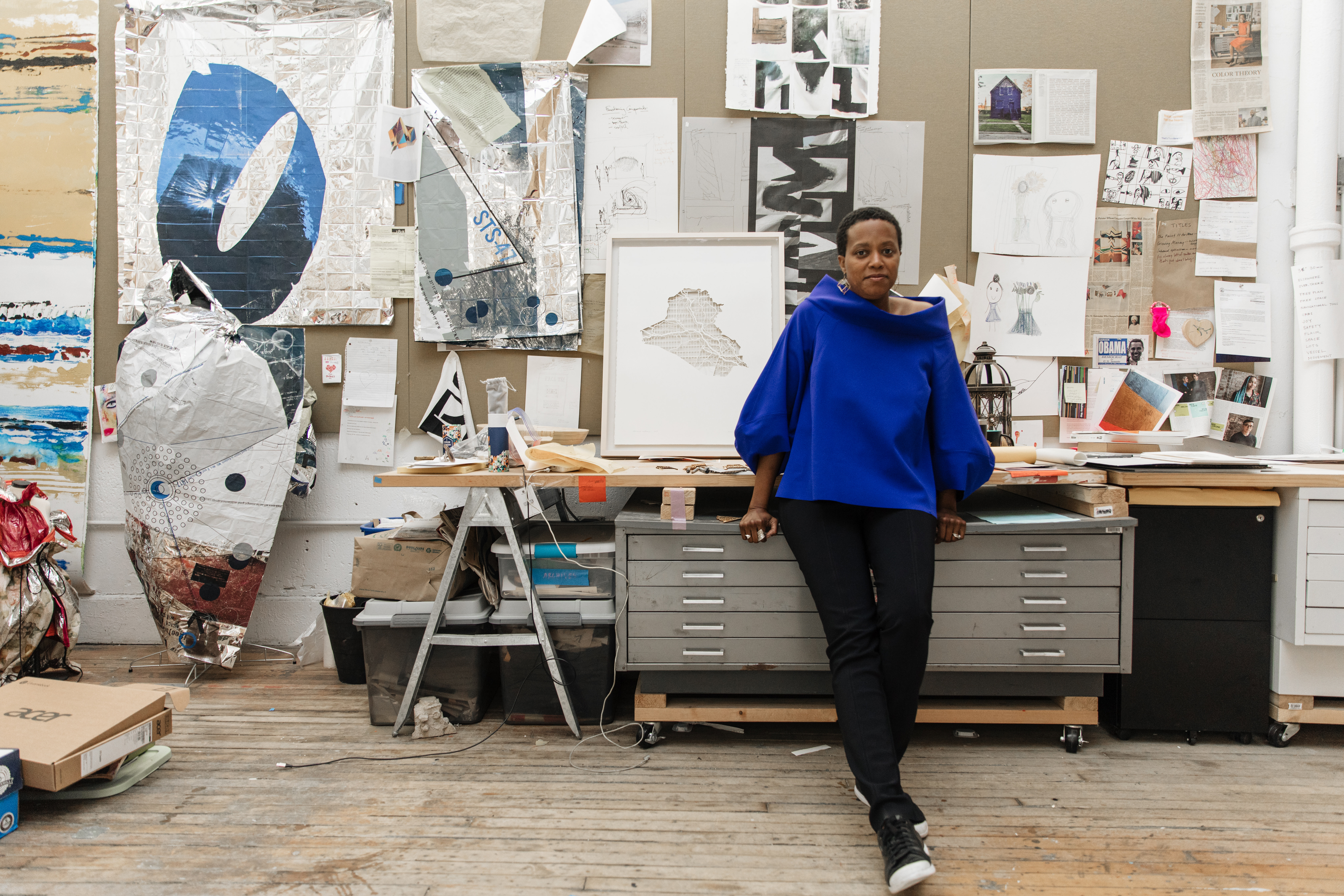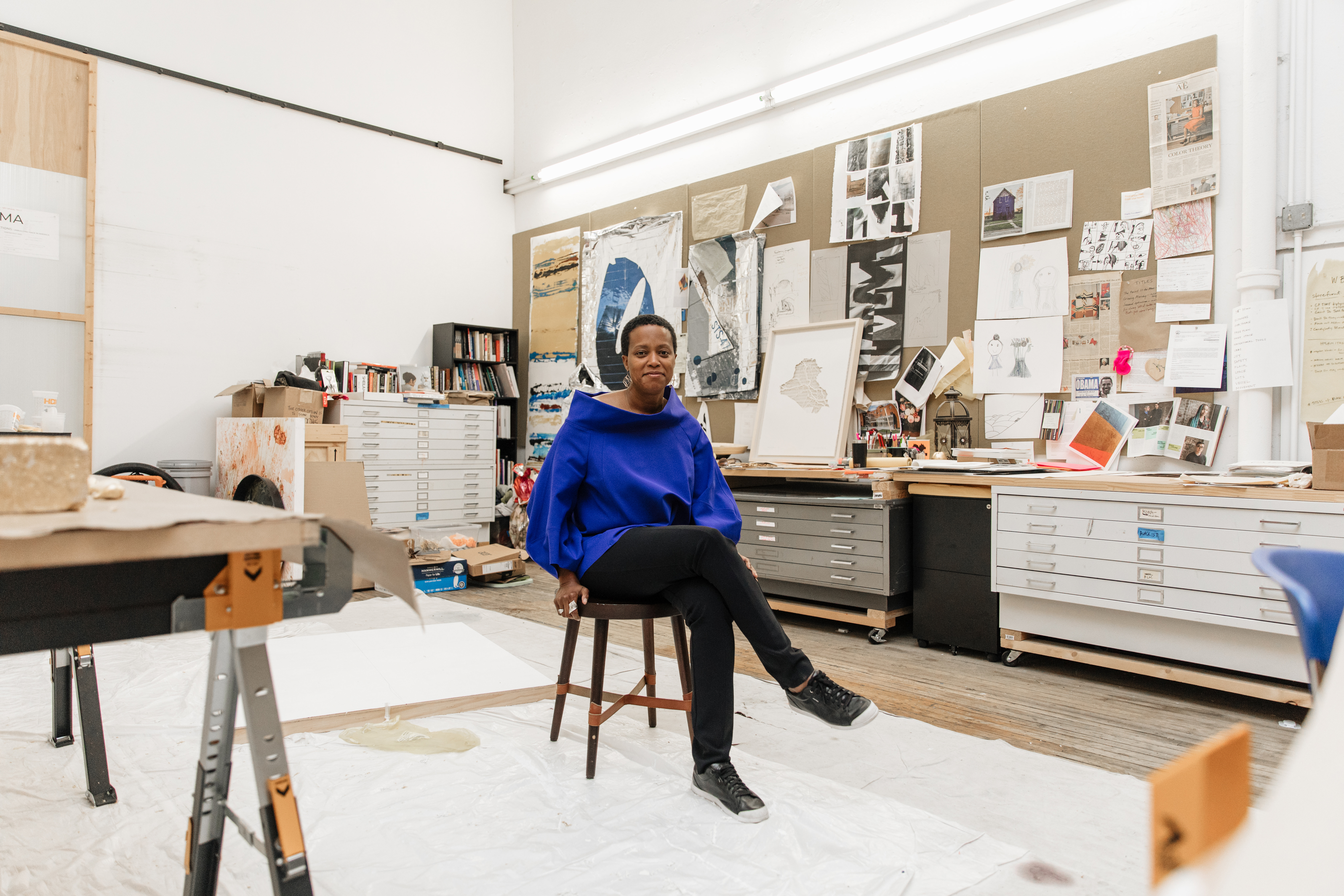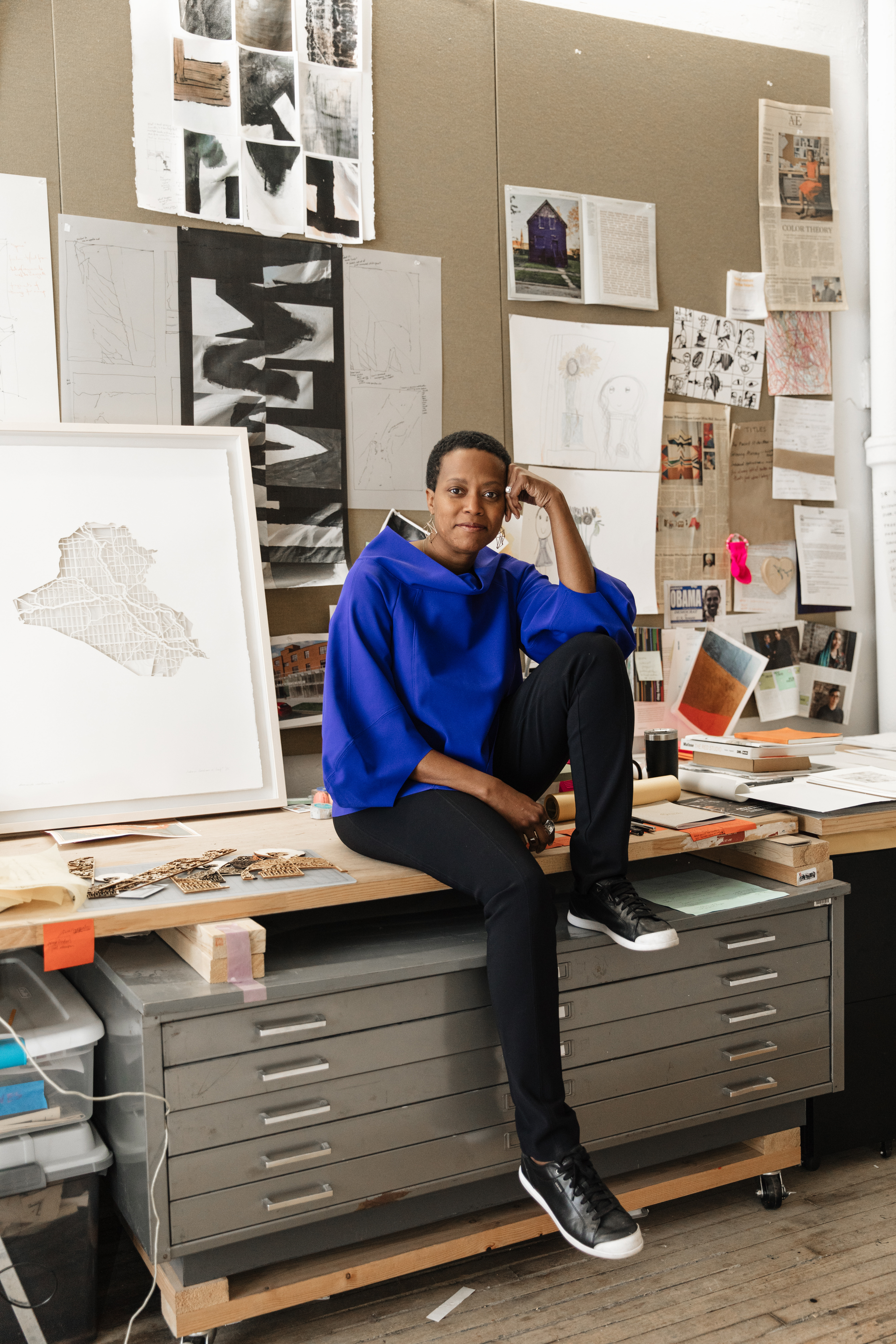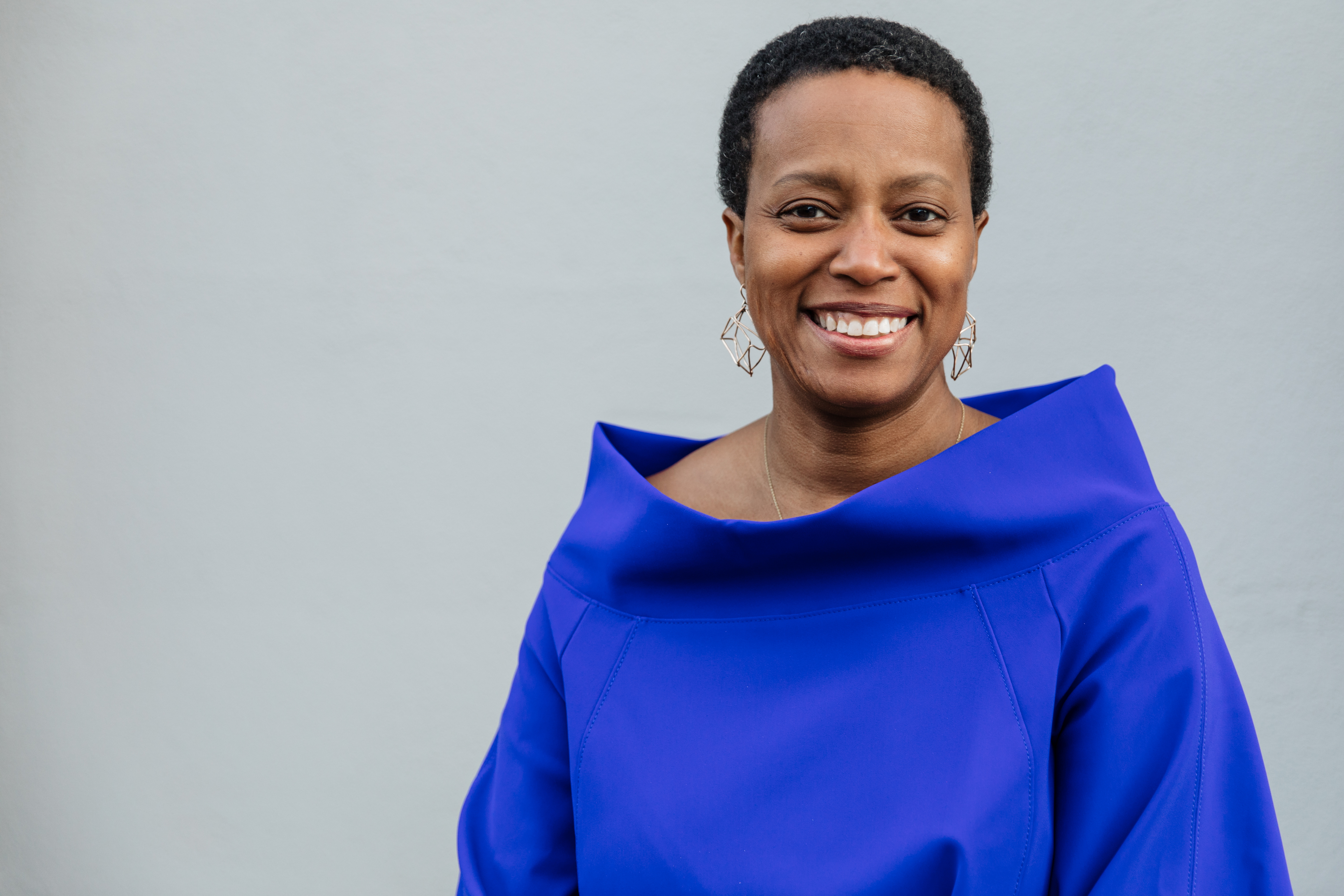About Amanda’s Work
Amanda Williams is an artist who uses ideas around color and architecture to explore the intersection of race and the built environment. Her works visualize the ways urban planning, zoning, development, and disinvestment impact the lives of everyday residents, particularly in African American communities.
Williams’s series Color(ed) Theory (2014–2015) exemplifies an artmaking practice that is both personal and responsive to the current moment. Williams, along with family and friends, covertly painted empty houses slated for demolition in Chicago’s Englewood neighborhood. They painted each structure in one vibrant color with cultural associations immediately apparent to the neighborhood's predominantly Black residents: Harold’s Chicken Shack red, Ultrasheen conditioner blue, Safe Passage yellow. In so doing, Williams created bold visualizations of community life in the neighborhood, despite the neglect and disinvestment that contributed to the structures’ deterioration. The series also poses questions about how economic, cultural, and aesthetic value of an object or community is determined. Williams’s investigation of color continued in a project she initiated in 2020 entitled What black is this you say? It began as a series of Instagram posts of different hues of black accompanied by text that humorously comments on the variedness of Black culture. The project evolved to include paintings and a public installation. Taken together, the works in this series challenge notions of a uniform Blackness.
Williams’s practice also extends to site-specific installations. For the 2018 Venice Architecture Biennale, she created Thrival Geographies (In My Mind I See a Line) in collaboration with two other artists. Thousands of feet of braided cord are supported by and woven around a steel frame form, creating an enclosure large enough to accommodate several people. The work evokes themes of shelter and placemaking as they pertain to Black women living in the African diaspora. With Embodied Sensations (2021), Williams explores the use of space in a museum lobby setting. This participatory artwork occupied the main atrium of the Museum of Modern Art during the COVID-19 pandemic. Due to social distancing protocols, the black modernist furniture that typically fills the atrium had been removed. For her work, Williams brought the chairs, sofas, and benches back to the space, but instead of positioning them as they had been, she stacked them into two piles. While no longer useful as seating, the new arrangement invited visitors to imagine other possible social uses for the space. For example, as part of the work, Williams prepared instructions for mini performances that visitors could enact in the newly configured atrium. Through a diverse and interdisciplinary practice that brings architectural and aesthetic theory to bear on real social problems, Williams is clarifying the role of the artist in reimagining public space.
Biography
Amanda Williams received a BArch (1997) from Cornell University. Her work has been exhibited in solo and group exhibitions at such national and international venues as the Museum of Modern Art, New York; the Museum of Contemporary Art, Chicago; Cooper Hewitt, Smithsonian Design Museum, New York; the Art Institute of Chicago; Storefront for Art and Architecture, New York; and the Venice Architecture Biennale.
Published on October 12, 2022







